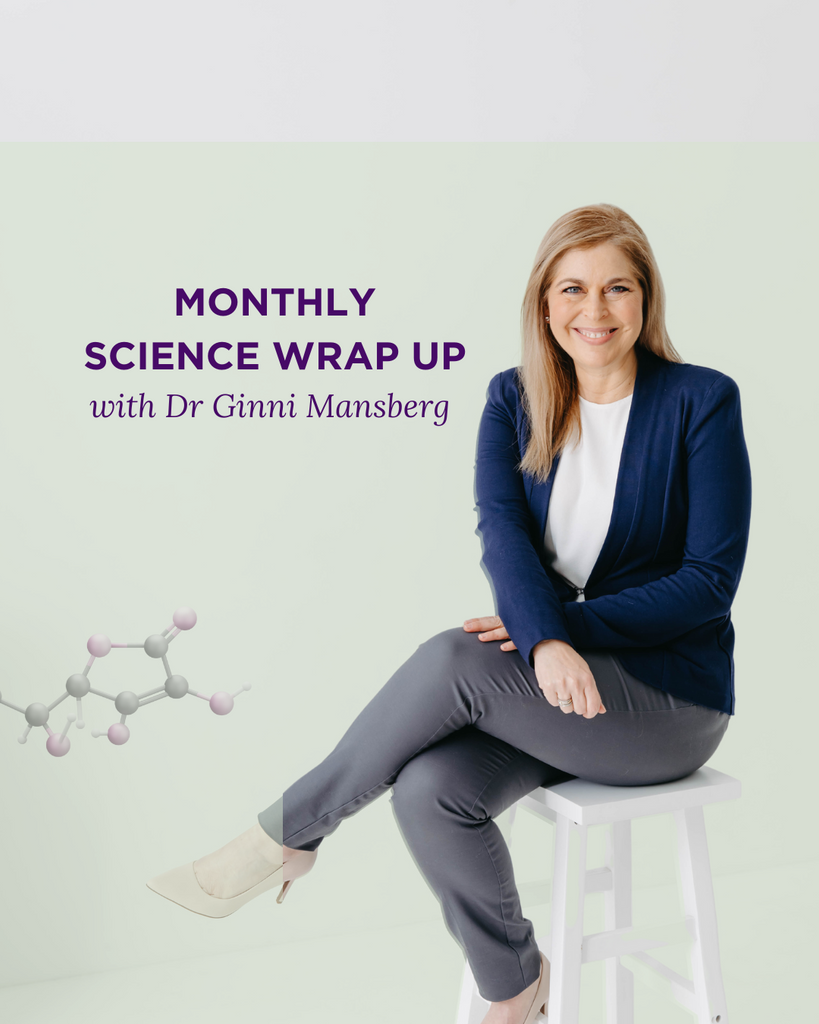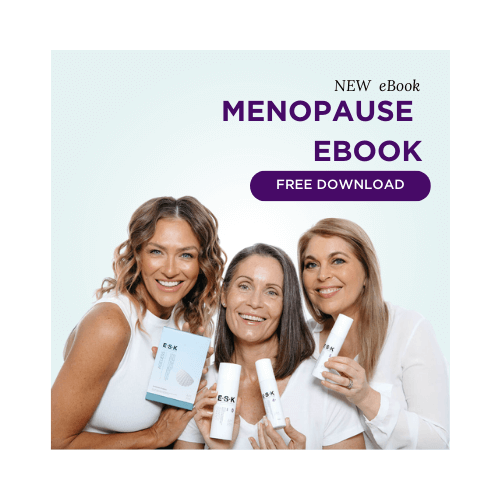Moisturiser
Dispatched from UK Warehouse | Delivery within 2-3 days
REAL CUSTOMERS, REAL RESULTS
| New Column | New Column | New Column | New Column | New Column | New Column | New Column | New Column |
| | | | | | | | |
"Results just after one week!"
As written about in UK publications
WHAT IS PIGMENTATION & AGE SPOTS?
Pigment which is also known as melanin does more than provide a great all over tan. It prevents damage by the sun’s UV rays by absorbing and scattering UV light as well as scavenging free radicals, acting just like an antioxidant. So it’s a good thing to have. But when pigmentation is uneven, it can be distressing.
Tyrosinase kick starts the production of melanin pigment inside the melanocytes (cell in the skin that produces and contains the pigment called melanin).
More tyrosinase - MORE pigmentation.
Less tyrosinase= less pigmentation.
So, we often try to INHIBIT tyrosinase!
TYPES OF PIGMENTATION
There are lots of different types of pigmentation problems; Melasma, actinic AKA senile lentigines or ‘age spots’, and post inflammatory hyperpigmentation.
Melasma is excessive (hyper) pigmentation that typically looks like irregular pigmented patches on sun-exposed areas of skin, especially the face and neck. There are 2 types of melasma; Epidermal melasma (in the more superficial layers of the skin) tends to be light brown, and a dermatologist shining a Wood Lamp on it sees it light up. Dermal melasma (deeper in the skin) looks more grayish in colour and doesn’t light up under the Wood Lamp. It’s important to know which one you have because dermal melasma often doesn’t respond to topical treatments.
Solar (sometimes called actinic) lentigines happen in sun exposed skin, cropping up later in life, which is why they are sometimes called senile lentigines or age spots. You can get them on any sun exposed skin such as your forearms, face, neck, or the backs of the hands.
Post inflammatory hyperpigmentation appears as irregular, darkly pigmented skin where there has been some previous injury or inflammation, for example acne or nasty eczema, psoriasis, burns or even after laser, light therapy, or cryotherapy (liquid nitrogen).
TOP 3 PRODUCTS FOR PIGMENTATION
What is Enlighten?
Our Enlighten is a twice a day 'active ingredient' moisturiser. It is a tyrosinase inhibitor (4-n-butylresorcinol – 0.1%) and an antioxidant (Niacinamide – 5%) based cream to lighten and brighten skin appearance and provide a more even skin tone.
Niacinamide provides visible improvements within 3 weeks. 4-n-butylresorcinol significantly improves outcomes after 2 – 3 months of continuous use. For management of hyperpigmentation and age spots.
What is C Forte?
A powerful anti-oxidant serum that hydrates, repairs the visible signs of aging and protects the skin against further damage.
The Anti-oxidant Vitamins: C (L-Ascorbic Acid – 16%), E (Tocopherol – 1%) and Ferulic Acid (0.5%) combine in their most potent forms to repair and prevent the appearance of aging including fine lines, wrinkles, pigmentation and skin roughness. For skin repair, protection and moisturising of dry and normal skin.
What are Complexion Correction: Microneedle Patches?
They are combined technologies of microneedling and evidence-based ingredients to provide improved results in managing hyperpigmentation, particular age spots (solar lentigines).
Each patch contains 2,000 dissolving micro needles made of hyaluronic acid. And the tip of each needle contains: 4-n-butylresorcinol (4NB 0.3%), Retinal (Vitamin A 0.1%), Niacinamide (Vitamin B3 4%), Green Tea Extract, Resveratrol and Ferulic acid.
KEY INGREDIENTS FOR PIGMENTATION
4-n-butylresorcinol
From studies, we know that 4NB is the most potent inhibitor of human tyrosinase available. Studies have shown great depigmentation effects at 0.1% twice daily and 0.3% once daily. How effective? 84% of people get significant reduction in their pigmentation, even when used alone. It is very well tolerated and can be used long term.
How to use Enlighten
Apply 1 – 2 pumps to fingertips and apply to face after cleansing and under sunscreen in the morning. Can also be applied in the evening.
L-Ascorbic Acid (Vitamin C)
L-Ascorbic acid, the evidence based form of Vitamin C has tyrosinase inhibiting properties but is also an antioxidant and anti-inflammatory ingredient. Used on its own in a study of 16 people with pigmentation, 5% L-ascorbic acid was compared with 4% hydroquinone cream.
Hydroquinone was superior (93% good and excellent results vs 62.5% for vitamin C). But side-effects were much greater in the hydroquinone group (68.5% vs 6.2% for vitamin C). We wouldn't rely on Vitamin C on its own, but we would definitely recommend adding it into the cosmeceutical mix.
How to use C Forte
Apply 1 – 2 pumps to fingertips and apply to face after cleansing in the morning. Also for use on décolletage, back of hands and forearms.
Retinal (the ultimate form of Vitamin )
Vitamin A combats pigmentation through a number of mechanisms including combatting oxidative stress, reducing melanosome transfer from melanocyte to keratinocyte, but most importantly by increasing keratinocyte turnover effectively flushing excess pigment out of the skin.
How to use Complexion Correction: Microneedle Patches
- Step 1
- Step 2
- Step 3
- Step 4
For use at night on clean skin or even better, over skincare. Ensure that skin is dry.
Remove patch from plastic packing. Remove the white protective strip surrounding the patch. Make sure not to touch the needles
Apply patch to the desired area. Smooth patch over the skin, applying gentle pressure. A light prickling/ scratching sensation will be felt.
Repeat until the prickling sensation is no longer felt.
Leave the patch on for at least 20 minutes or (preferably) overnight.
Things to note:
It is normal for a residue to remain after removing the patch (this is excess hyaluronic acid).
Recommended minimum usage frequency: 2 times weekly for 8-12 weeks.
Recommended minimum usage 1 time bi-weekly for maintenance.
While starting Complexion Correction patches will have a small hydrating effect after just one use (due to the application of hyaluronic acid). Studies showing the real effectiveness of dissolving microneedle patches allow for 8 to 12 weeks.

